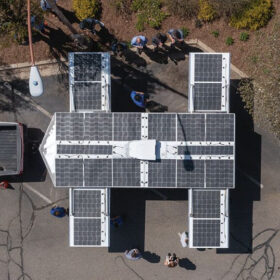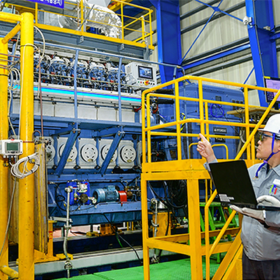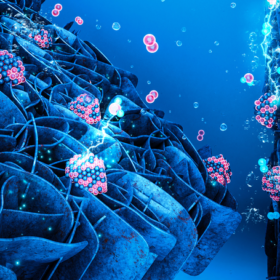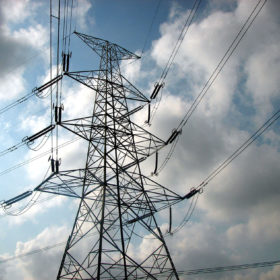Weekend Read: Decarbonizing disaster response
Diesel generators have been the workhorse of disaster relief for decades but as the frequency of extreme weather events rises, so do calls to decarbonize the emergency response. Sustainability may not be the only benefit to using solar in a crisis, as pv magazine discovers.
The Hydrogen Stream: Hyundai inches closer to hydrogen engine development
Hyundai Heavy Industries has revealed plans to develop a hybrid engine with more hydrogen by 2023, and a complete hydrogen engine by 2025. Japan, meanwhile, has signed hydrogen-related agreements with Saudi Arabia and Oman.
The Hydrogen Stream: Metal foam for low-cost green hydrogen generation
Researchers from Saudi Arabia’s King Abdullah University of Science and Technology have presented the results of a low-cost method of generating carbon-free hydrogen. In other news, Norwegian fuel cell producer Nel ASA said it was ready to increase its electrolyzer production capacity to meet the European Union’s raised ambitions for renewable hydrogen, while oil giant Petronas Eneos announced plans to set up a hydrogen production plant in Indonesia.
CPV-solar thermal system delivering LCOE of $0.03/kWh
Researchers have created a device to produce electricity and steam at the same time. The system is said to offer 85.1% efficiency and deliver steam at up to 248 degrees Celsius. The converter combines III–V, triple-junction solar cells and a high-efficiency solar thermal system based on parabolic trough collectors.
US will see more than 8 GW of solar come online this year
With 4.3 GW of utility-scale solar and 3.9 of distributed generation predicted, the figures collated from federal sources don’t take account of the huge capacity of solar projects waiting in the interconnection queues of seven grid operators.





